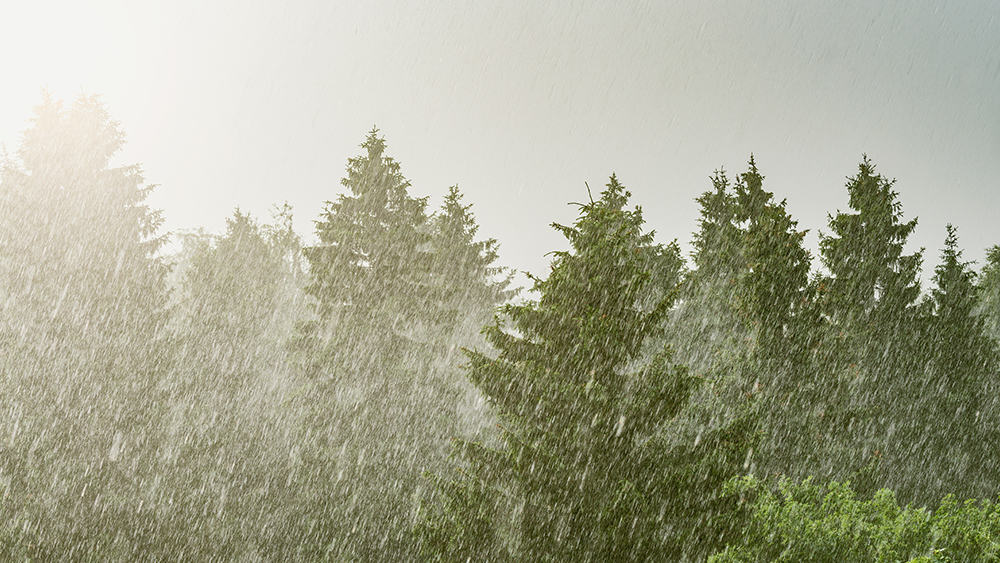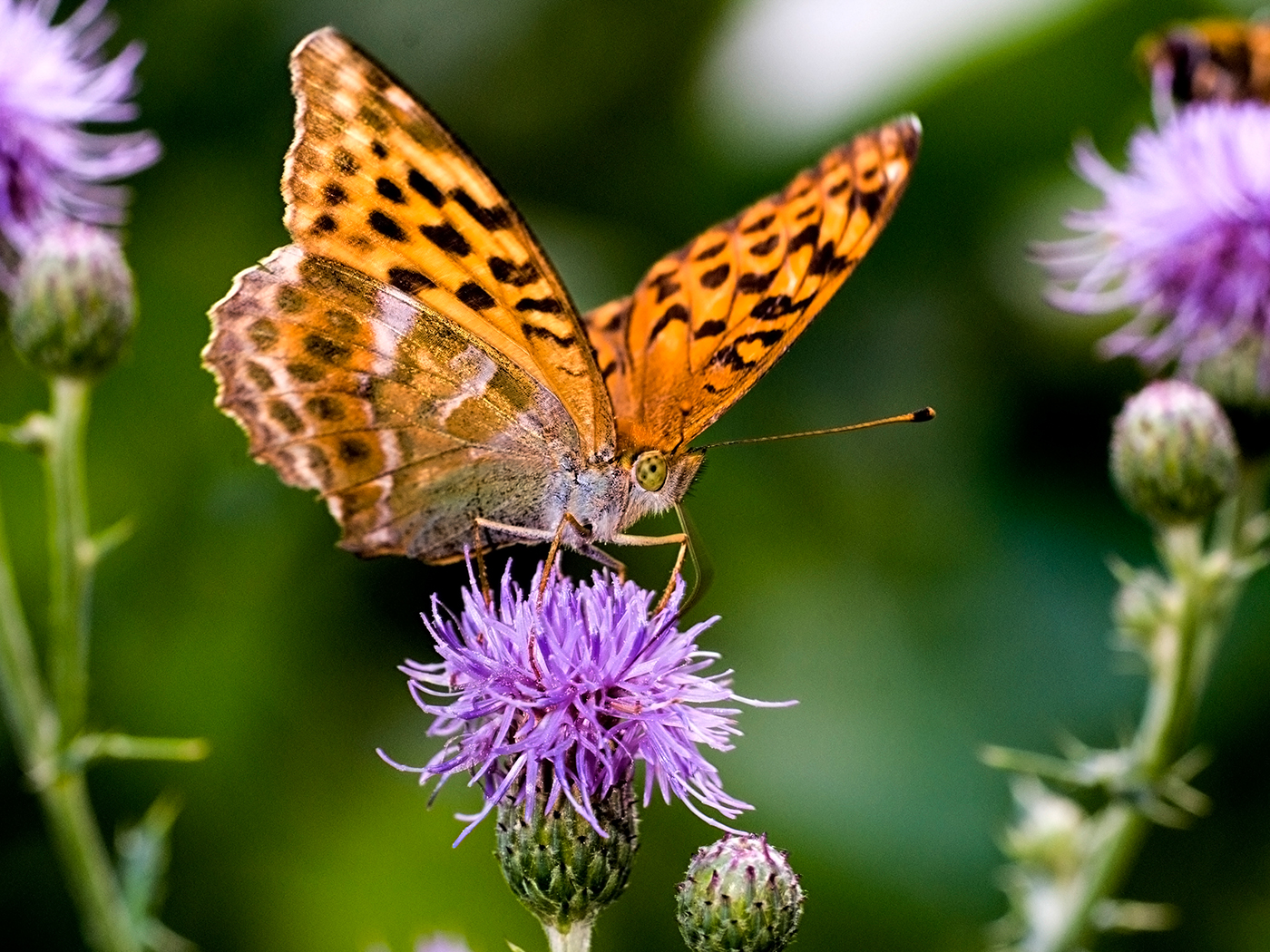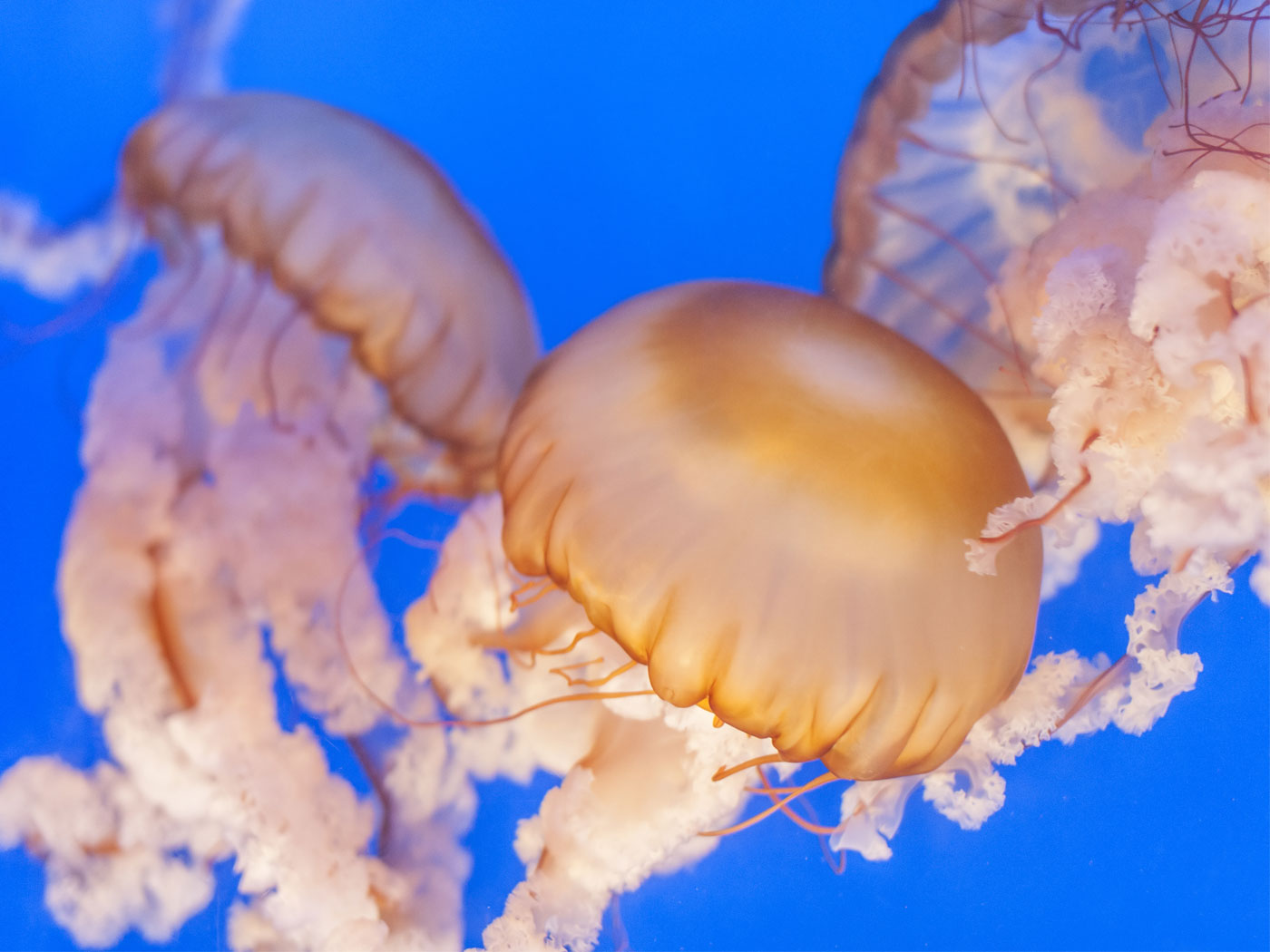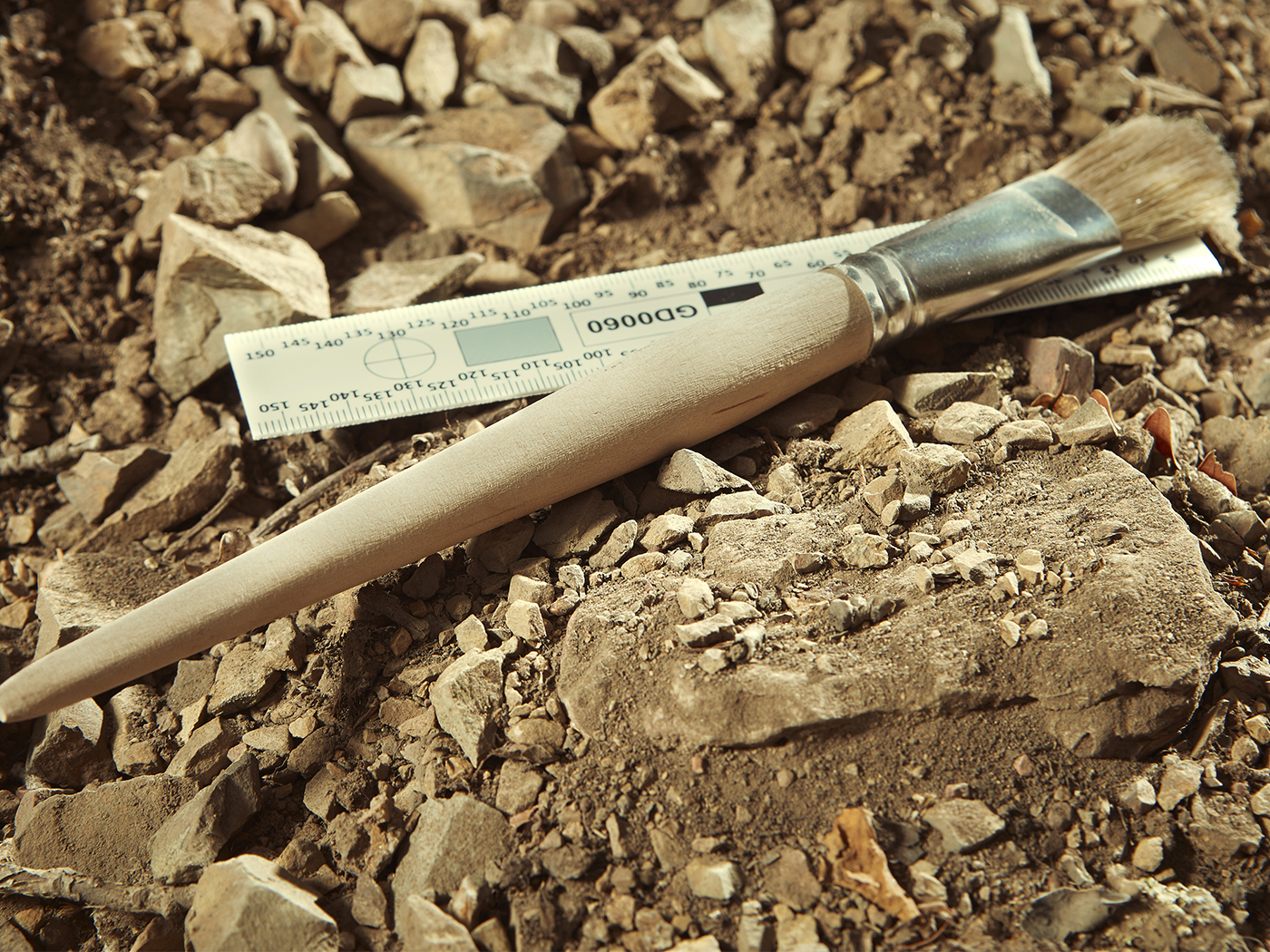Transporting water up a tree ten stories high from the roots to the leaves is no easy feat. How is this accomplished? The answer lies in tiny, specially designed vessels called xylem—plus a combination of other factors. Scientists are getting closer to mimicking this amazing vertical passage of water for the purpose of future large-scale desalination and sewage treatment.1,2
Evolutionists give credit to the trees themselves for their amazing process of water transport, saying that the trees have mastered this for “hundreds of millions of years.” But studies have shown just how sophisticated this unbroken vertical column of water is, continuously moving as much as 100 meters in a California redwood tree. Water and minerals enter the root system and into the vascular tissue (i.e., xylem) subject mainly to a “pulling” force called transpiration. Transpiration is the loss of water vapor through specialized openings called stomata on the underside of the leaves. Over 20% of the water taken up by the roots is released to the air as water vapor. This physical pulling action is also due to a unique chemical attachment between water molecules called hydrogen bonding. The water molecules stick together forming a transpiration stream, also called the cohesion-tension theory. This produces an unusually stable column of constantly moving water.
Copying the design in trees’ water-conduction system hasn’t been easy. The antigravity water transport system led by Aiping Liu at Zhejiang Sci-Tech University and Hao Bai at Zhejiang University has been seen as “good,” but “the researchers plan to further improve the performance of the system to prepare for applications” such as improving the length and speed of water conveyance for human serving industrial applications.
Is it any wonder the article stated, “Efficiently moving water upward against gravity is a major feat of human engineering” and “Recreating an efficient tree-like water transport system has been challenging.”
Water transport in plants is amazing in its complexity. Copying the Creator’s design takes funding, planning, and brilliant researchers—not time and chance.
References
1. Zyga, L. Antigravity water transport system inspired by trees. PhysOrg. Posted on phys.org July 8, 2019, accessed July 10, 2019.
2. Xu, W. et el. 2019. Efficient Water Transport and Solar Steam Generation via Radially, Hierarchically Structured Aerogels. ACS Nano. DOI.org/10.1021/acsnano.9b02331
*Mr. Sherwin is Research Associate at the Institute for Creation Research. He earned his master’s degree in zoology from the University of Northern Colorado.

Anti-Gravity Water Transport in Trees
The Latest
Was a Key to Photosynthesis Evolution Discovered?
Northern Canadian lakes were the source of recently discovered unique photosynthetic bacteria of the phylum Chloroflexota. After years of culturing,...
CREATION PODCAST
Four Moons That Indicate a Young Universe | The Creation Podcast:...
Earth has one moon, but Jupiter has many! What can we learn from our celestial neighbor's satellites? Do they indicate youth?
Host...
Creation Kids: Seeds and Sprouts
by Renée Dusseau and Susan Windsor*
You're never too young to be a creation scientist and explore our Creator's world. Kids, discover...
APOLOGETICS
Christ’s Creativity in Canyon Critters
Grand Canyon animals display many marvelous traits and behaviors as they live life in that harsh habitat. These canyon creatures succeed thanks to the...
Standing Against False Science
I’m Michael Stamp, and I’m in my 12th year as an editor at the Institute for Creation Research. It’s always an encouragement to see...
Oysters and Pre-Flood Longevity
The oyster species Crassostrea virginica, also known as the eastern oyster, is a prized seafood. Research has demonstrated that a fossil version of...
Galápagos Finches: A Case Study in Evolution or Adaptive Engineering?
A group of birds known as Darwin’s finches live in the Galápagos Islands, which are located in the Pacific Ocean 600 miles west of Ecuador....
Hot Springs National Park: Hydrothermal Springs Formed By The...
Hot Springs National Park is located about an hour southwest of Little Rock in the folded Ouachita Mountains of central Arkansas. It is the second smallest...
Why Biology Needs A Theory of Biological Design—Part 2
“Based on a true story” is included by movie producers to add authenticity, importance, and a flair of anticipation. So, my account of how...
Marine Fossil Tapeworm Is Still a Tapeworm
The Flood was both sudden and rapid. The burial of creatures—including delicate plants and soft-bodied animals like jellyfish1—occasionally...























